Home Remedies for Yeast Infections
Oct 15, 2023 By Nancy Miller
Yeast infections affect millions of people each year, but there are several things you can do right at home to soothe the pain and help treat your infection. From adjusting your diet to applying natural remedies directly to the affected area - this post will guide you through natural ways to alleviate one of the most annoying infections.
Read on to learn more about home remedies for yeast infections and how to use them to find fast relief!
Over-The-Counter Treatments
Over-the-counter treatments for yeast infections are often the first line of defense for many people. These OTC medications usually come in creams, gels, or suppositories that you can insert directly into your vagina.
While they may provide a quick and effective solution in the short term, it is important to note that these treatments don't always work long-term and should be used with caution. Additionally, some people can experience irritation from using such products, so it is best to follow the directions on the packaging carefully.
If you experience discomfort or symptoms worsen after using an OTC treatment, seek medical advice immediately. Taking certain precautions when using over-the-counter products and seeking medical advice if needed can ensure you receive the best possible treatment for your yeast infection.
Yogurt
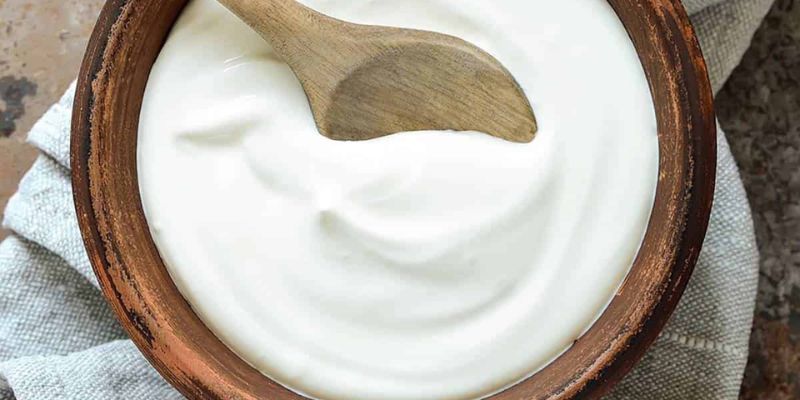
Yogurt is a natural remedy for yeast infections that has been used for centuries. It contains active cultures of healthy bacteria, known as probiotics, which can help reduce the amount of harmful bacteria in the body while also restoring balance to the environment in your intestines.
Eating yogurt helps to maintain a healthy bacterial balance and can help relieve symptoms of an existing yeast infection. Yogurt applied topically can provide quick relief as it helps soothe inflammation and kill off some of the fungus causing the infection.
Remember that not all yogurt contains live cultures, so choose one with "live and active cultures" on the label for maximum benefit. Adding yogurt to your diet or using it directly on affected areas may relieve your yeast infection quickly.
Additionally, you can make a paste out of plain yogurt and apply it directly to the affected area three times daily for seven days to eliminate infection. Always use unsweetened, unflavored yogurt free from added sugars or chemicals. With consistency and perseverance, you can find relief from your yeast infection with the help of yogurt!
Coconut Oil
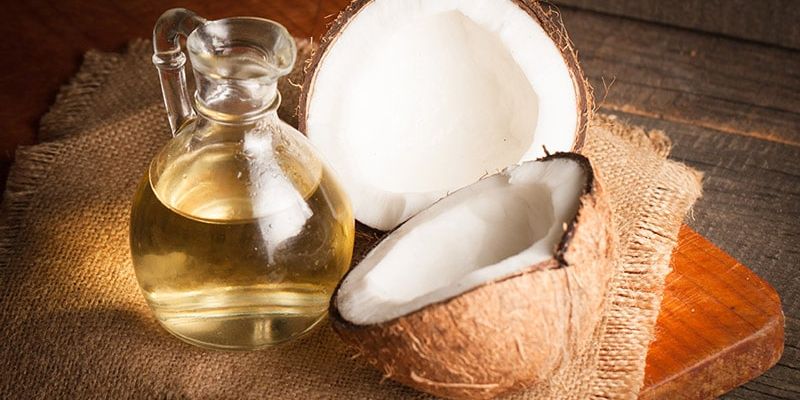
Coconut oil is a popular home remedy for yeast infections due to its antifungal and antibacterial properties. It can be used internally and externally, although it should not be used vaginally as a lubricant.
To use coconut oil as an external treatment, apply a small amount directly to the infected area several times daily until symptoms improve. You can also add two tablespoons of coconut oil daily to help fight the infection from the inside out.
With regular use, coconut oil can help reduce the symptoms of a yeast infection and even help prevent new infections from developing. Try adding coconut oil to your diet today for fast relief!
Boric acid Vaginal Suppositories
Boric acid is a natural and effective home remedy for yeast infections. It can be taken as vaginal suppositories to help reduce the pain and itching of an infection.
When used in this fashion, it reduces pH levels in the vagina, making it a less hospitable environment for yeast growth. Most people find that one or two boric acid suppositories can relieve symptoms.
For best results, insert one boric acid suppository nightly before bedtime for around seven days. You may also apply coconut oil externally for additional relief. Since boric acid can irritate if left too long in the vagina, remember to remove any remaining suppositories after use with warm water and gentle soap each night.
Oil of Oregano
Oil of Oregano is a natural antifungal remedy that can be used to treat yeast infections at home. It contains high levels of carvacrol, a powerful compound with proven antifungal properties.
When applied directly, Oil of Oregano can help soothe the pain and reduce the symptoms associated with yeast infections. Apply a cotton swab or tampon to the affected area thrice daily for best results.
It would help if you also consider supplementing your diet with Oil of Oregano capsules or adding drops of Oil of Oregano into foods such as soups, salads, and smoothies for additional relief.
Vitamin C
Vitamin C is a powerful and essential nutrient that has many health benefits. It's an antioxidant, which helps reduce inflammation, supports the immune system, and can even help fight off infections like yeast.
Vitamin C also plays an important role in wound healing and can help speed up your recovery from a yeast infection. You can get Vitamin C from oranges, strawberries, grapefruits, bell peppers, kale, and broccoli.
Eating these foods or taking a daily supplement can help boost your immunity and relieve yeast infections. Applying topical Vitamin C to the affected area may also reduce irritation and accelerate healing. With the right approach, Vitamin C may be just what you need to relieve your yeast infection quickly.
Tea Tree Oil
Tea tree oil is an effective home remedy for yeast infections. Studies have shown that tea tree oil can kill the fungus that causes yeast infections, making it a great natural remedy to help reduce symptoms such as itching and burning.
To use tea tree oil for your infection, mix 10 drops in one cup of water and apply directly to the affected area with a cotton swab or washcloth. You may add 5-10 drops to your bathwater for soothing relief. For best results, choose a tea tree essential oil that is 100% pure and therapeutic grade.
Additionally, dilute tea tree oil with a carrier oil like jojoba before applying it topically, as an undiluted tea tree can cause skin irritation. Tea tree oil can help treat and soothe yeast infections in no time.
Apple Cider Vinegar
Apple cider vinegar is a natural home remedy for yeast infections that may provide fast relief. Apple cider vinegar has anti-fungal properties that help fight off the fungus that causes yeast infections.
It also helps balance pH levels in the body, making it less hospitable for fungi and bacteria to survive. To use apple cider vinegar, you can either mix 2 tablespoons of it with 8 ounces of water and then drink the mixture or fill a douchebag with 1 tablespoon of apple cider vinegar and 1 cup of lukewarm water and apply directly to the affected area.
Using this remedy several times daily may provide fast relief from itching, burning, irritation, and other symptoms associated with yeast infections. However, please check with your doctor before using apple cider vinegar to treat yeast infections.
Ensuring that the apple cider vinegar is 100% organic, free of added sugar, and unpasteurized for best results is important. You can find relief from your yeast infection quickly with proper usage!
FAQs
What can I drink to flush out yeast infection?
Drinking plenty of water is one of the most effective ways to flush out a yeast infection. Water helps flush toxins and harmful bacteria from your system, promoting healthy digestion and functioning of the urinary tract.
What foods should I avoid if I have a yeast infection?
Foods to avoid when dealing with a yeast infection include sugar, refined carbohydrates, and alcohol. These foods can increase your risk for further infections and worsen symptoms.
Is baking soda good for yeast infection?
Baking soda can help reduce itching and burning caused by yeast infections. To use baking soda, dissolve 1-2 tablespoons of it in a cup of warm water and then apply with a cotton swab or washcloth directly to the affected area.
Conclusion
Yeast infection is a common issue; although over-the-counter treatments can help alleviate the symptoms, it's always best to consult your doctor for serious cases or if you don't respond to home remedies. However, numerous home remedies have been shown to help treat yeast infection symptoms, such as yogurt, coconut oil, boric acid vaginal suppositories, oregano oil, vitamin C, tea tree oil, and apple cider vinegar. All of these options are an excellent alternative if used correctly.
-
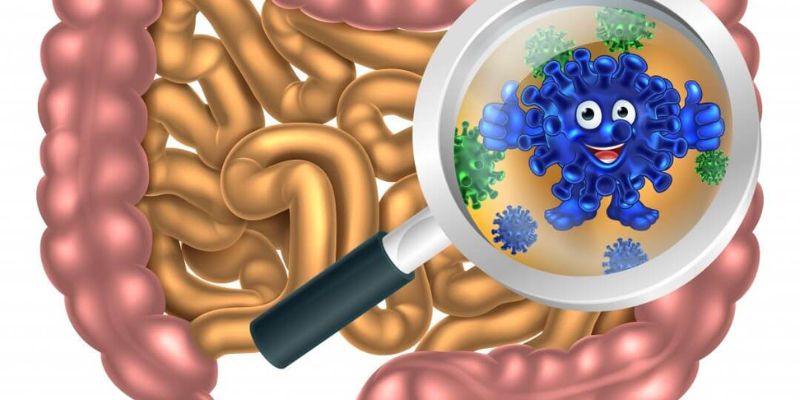 Nov 23, 2023
Nov 23, 2023What are Digestive Enzymes
If you want to improve your digestive health, understanding digestive enzymes is crucial. This informative guide will teach you about them and how they can help digestion.
-
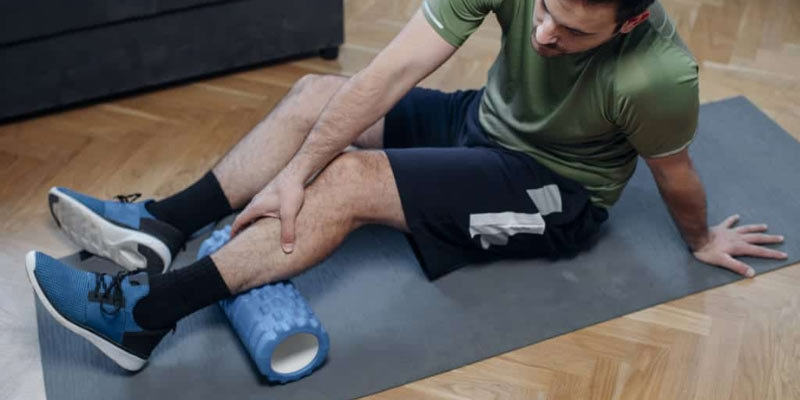 Nov 21, 2023
Nov 21, 2023Causes of Calf Pain and Treatment Options
Experiencing calf pain can be both debilitating and frightening. Learn about the main causes of calf pain and potential treatments to help alleviate the discomfort.
-
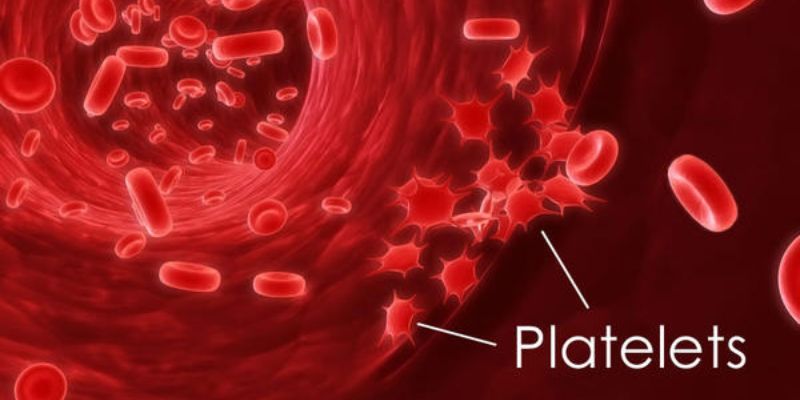 Oct 22, 2023
Oct 22, 2023When to Worry About High Platelet Count
Get professional advice on when you need to worry about a high platelet count. We'll discuss normal levels, causes of increased counts, and how to best deal with life with a higher number.
-
 Dec 14, 2023
Dec 14, 2023Vitamin D vs. D3: What’s the Difference
Do you need clarification about the differences between Vitamin D and Vitamin D3? In this comprehensive guide, we'll explore why these two are important, their benefits, potential side effects from overexposure to each one - plus more!
